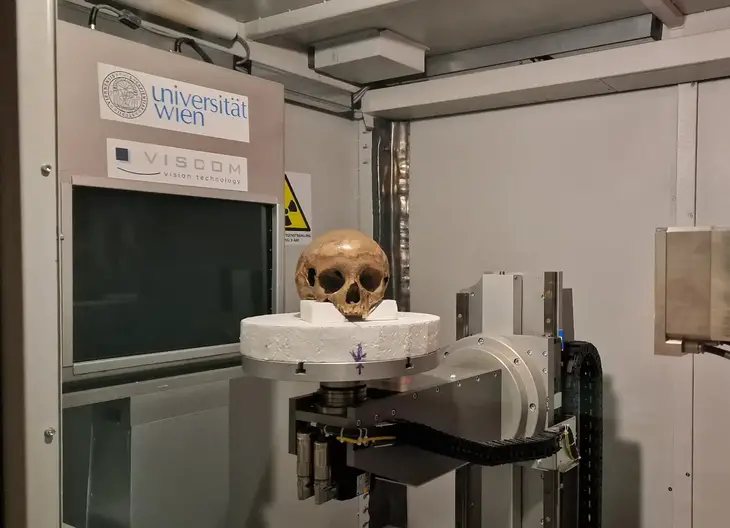For nearly a century, scholars believed that the remains discovered in Ephesus belonged to Arsinoe IV, the sister of Cleopatra. However, recent analysis of a skull found at the site has revealed a surprising truth, reshaping our understanding of this ancient enigma.
Discovery and Early Assumptions
In 1929, Austrian archaeologist Josef Keil unearthed a skull within a sarcophagus in the Octagon, a grand mausoleum on the main street of Ephesus in modern-day Turkey. The Octagon’s design, reminiscent of the famous Lighthouse of Alexandria (Pharos), suggested a royal connection, fueling speculation that it was the final resting place of Arsinoe IV, a Ptolemaic princess exiled and later executed in 41 BCE at the behest of her sister, Cleopatra, and Mark Antony.
Further supporting this theory, additional skeletal remains were found in 1982, intensifying the intrigue around the site’s royal significance.

Modern Techniques Rewrite the Narrative
Led by Gerhard Weber of the University of Vienna, a team of researchers applied cutting-edge methods, including micro-CT scanning, radiocarbon dating, and genetic analysis, to reevaluate the remains. Their findings upended the long-held belief that these bones belonged to Arsinoe IV.
- Radiocarbon Dating: The remains were dated between 36 and 205 BCE, a period consistent with Arsinoe’s era but not conclusive.
- Biological Profile: Contrary to previous assumptions, the remains were identified as belonging to a male, approximately 11 to 14 years old.
- Anatomical Anomalies: The skull exhibited signs of developmental disorders, such as premature fusion of cranial sutures and jaw deformities, likely linked to conditions like Treacher-Collins syndrome or vitamin D deficiency.
These findings discredit the notion that Arsinoe IV was buried in the Octagon and cast doubt on the royal connection previously attributed to the site.
Implications and New Mysteries
The revelation raises fresh questions about the identity of the young male buried in this elaborate mausoleum. Who warranted such an ornate resting place, and what was their role in Ephesus’s history? Moreover, the actual burial site of Arsinoe IV remains an enduring mystery.
This discovery underscores the power of modern scientific tools in unearthing truths from antiquity. By combining advanced technology with historical inquiry, researchers continue to peel back the layers of history, offering new insights while deepening the intrigue surrounding ancient civilizations.
The Legacy of Ephesus
The findings add a fascinating new chapter to the history of Ephesus, a city renowned for its role in ancient commerce, culture, and religion. As scientists continue their work, the story of this grand archaeological site—and its enigmatic tombs—remains far from complete, promising further revelations in the years to come.

